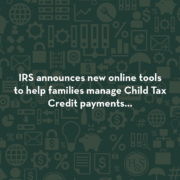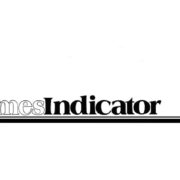IRS announces two new online tools to help families manage Child Tax Credit payments…
Clients & friends, today the IRS announced two new online tools families can use to help manage their Child Tax Credit payments.
There is now a portal to unenroll from advance payments on the child tax credit. Also note that for those who are married, both spouses will need to unenroll.
For all the details, please click the link below! And as always, feel free to reach out to your CPA or tax professional at H&S with any questions!




